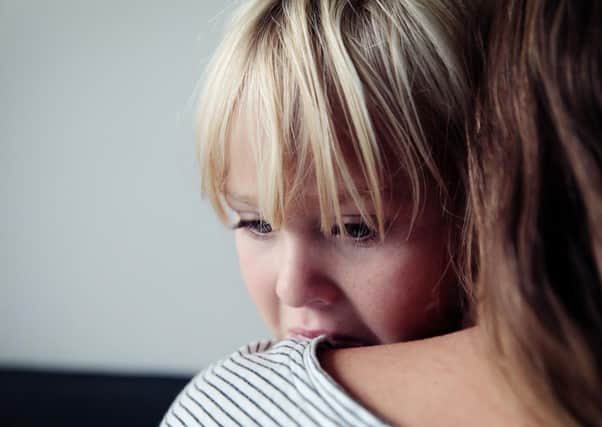Tips to improve wellbeing in crisis


At this time of upheaval former primary school teacher Catherine Lynch of leading education resources and lesson planning experts PlanBee has top tips for parents to improve the mental health of their children.
Create a nurturing environment where everyone feels valued and safe - Even during lockdown, we need connection with others so that we feel valued and safe. You can create this environment by working as a team, sharing responsibilities and making sure everyone’s efforts are appreciated.
Advertisement
Hide AdAdvertisement
Hide AdAdjust expectations - Things we used to be able to cope with might now feel like huge mountains to climb. We all have something called a window of tolerance. If your window is smaller than usual at the moment, go easy on yourself and take the pressure off. Allow yourself and your children to be less productive than normal, and take time to process feelings.
Everyone has a voice - It is totally normal to want to feel in control. Whether your child breaks down over the ‘wrong’ colour socks or something else, see what practical choices you can give them. Depending on age, give them a few carefully selected choices or have an open discussion about the options. Give them time warnings. For example, ‘When this TV show ends the TV is being turned off and you need to do some school work.
Be playful - Play fosters creativity, collaboration and problem solving, all of which are important for good mental health. Playing is a fantastic way to develop relationships and resilience. It also releases feel-good hormones. Children often explore areas they are finding challenging through their play; role play are a great example of this.
All feelings are allowed - Name feelings and emotions as they arise. This gives children and adults the language to describe how they are feeling. Set aside a calm time to talk about feelings. You could show your children Emoticon Emotions Cards or Photo Emotions Cards and ask them to pick one to explore. Put boundaries in place around behaviours, for example, you are allowed to feel happy, angry or sad, you are not allowed to break things or hit.
Advertisement
Hide AdAdvertisement
Hide AdRead stories - Spend time together and lose yourselves in a good book. Act out stories and make up your own narratives. Use your imagination or add props. Let books take you where you cannot physically go.
Structure - Use activities or responsibilities to break up the time and bring some structure to it. Agree times that you will come together as a family. Agree a time that is for quiet activities, work, going outdoors.
Take learning outside - Go on ‘I spy challenge walks’, find out how exercise changes their heart rate, have timed races, explore shadows, find mini-beasts, identify plants and birds. The list is endless.
Safe space - Being at home together all the time can be quite intense. Create a den or something similar for your child to play in, and retreat to when they want to be alone.
Family time - Designate time each week when there are no screens and no distractions. Use this time to work on something together. This might be building a den, cooking, crafting, going on a walk.